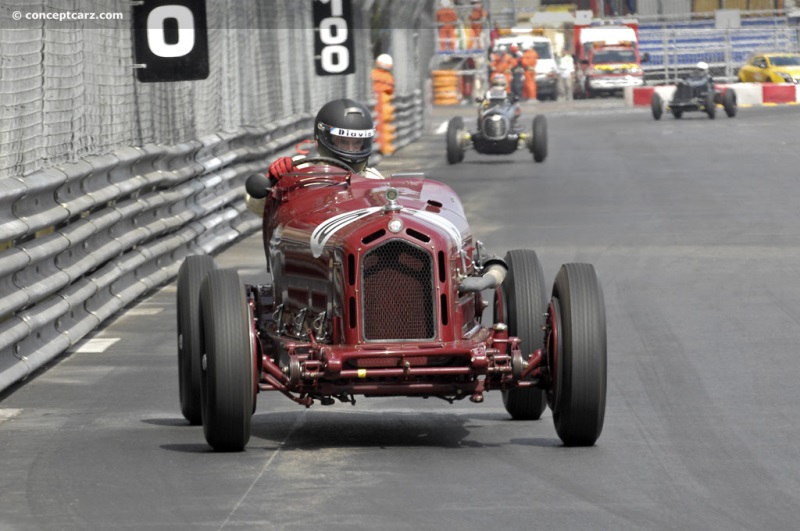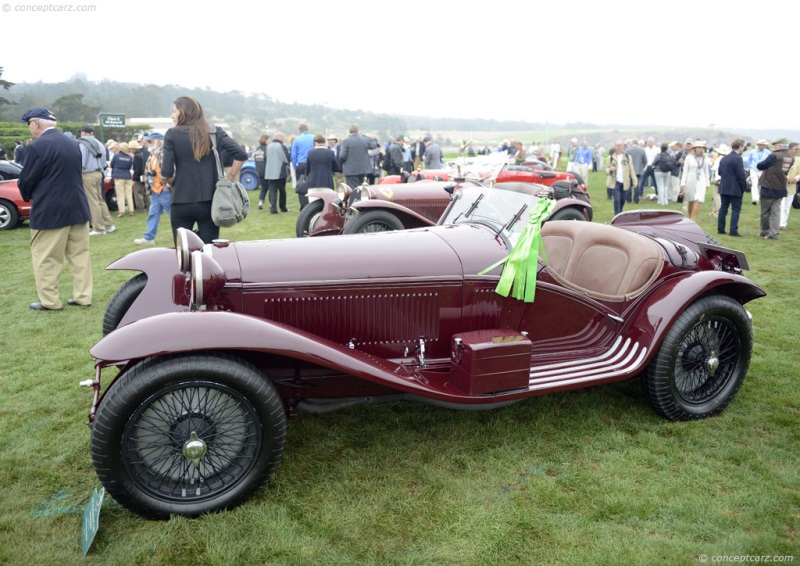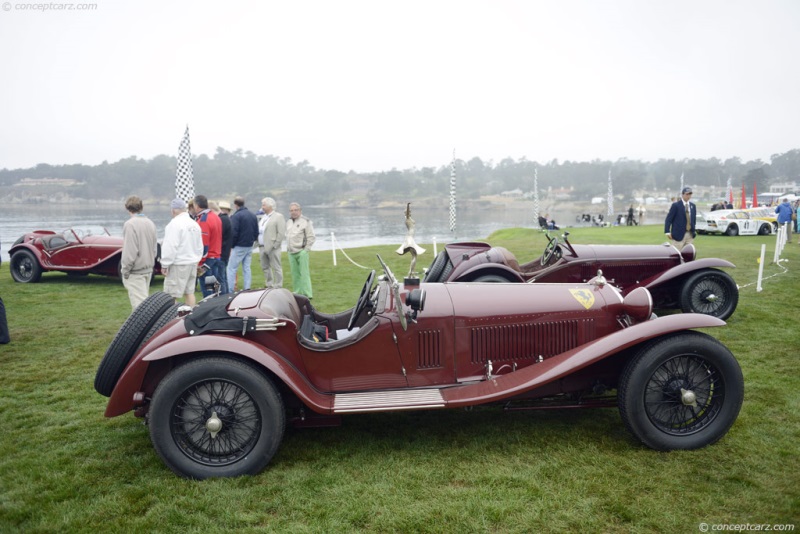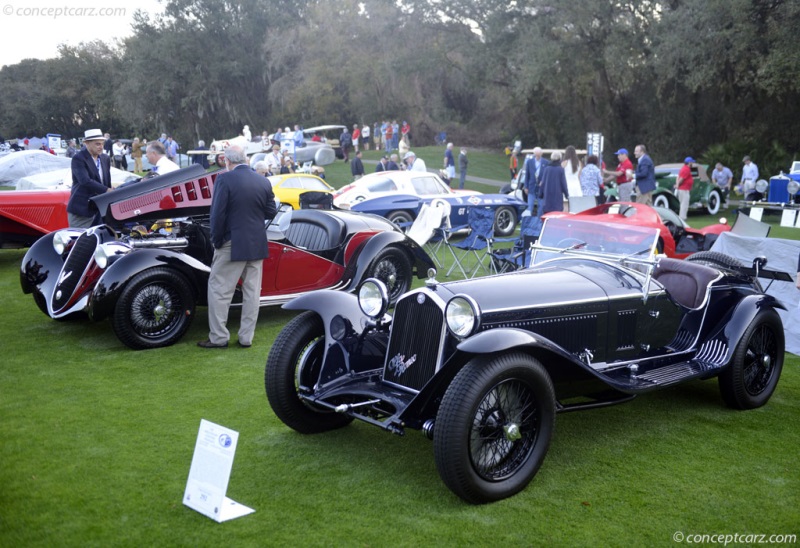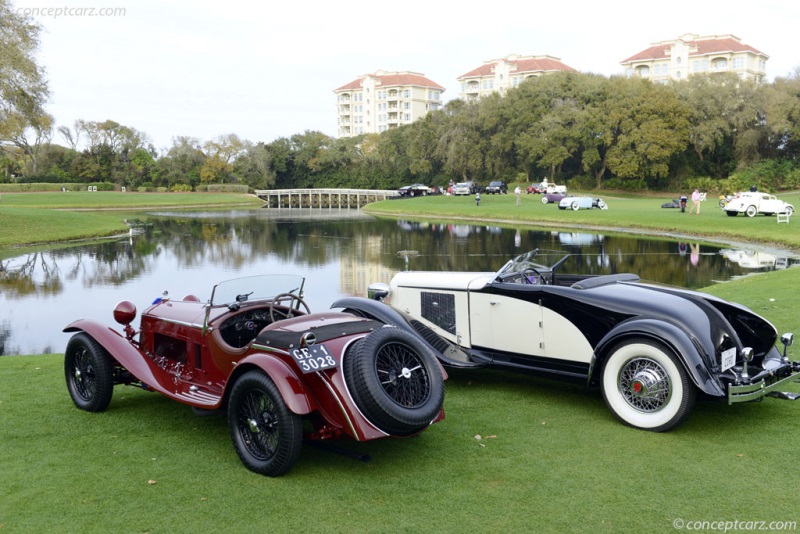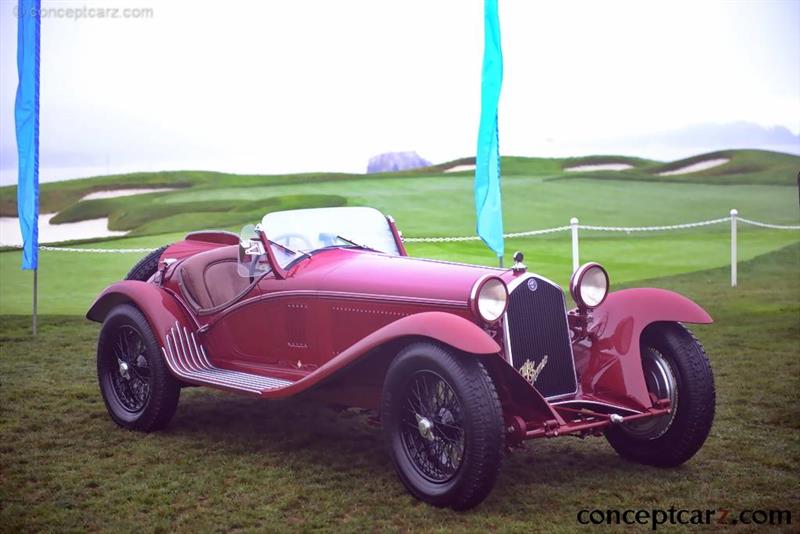The Alfa Romeo 8C was Vittorio Jano's masterpiece, claiming victory at Le Mans four years in succession, and in no less than seven editions of the Mille Miglia, plus many Grand Prix races. The heart of the 8C was a supercharged, straight-eight, twin-overhead-camshaft engine arranged as two four-cylinder units in tandem with the cam-drive gears amidship. This engine was the successor of the unit powering the 6C 1750, with roots dating to 1923 when Vittorio Jano joined Alfa Romeo. 
Spyder
View info and historyJano's first creation at Alfa was the very successful 1,987cc P2 which won the first World Championship ever in 1925 and was largely based on his experience with Fiat's Tipo 805 Grand Prix car of 1923. The Alfa Romeo P2 was followed by a line of passenger cars to succeed the Giuseppe Merosi-designed RL and RM. Jano's 1.5-liter six-cylinder engine set new standards for lightweight high-performance motorcars. The first of the series was the 6C 1500, with an iron cylinder block and head, and a light alloy crankcase. Initially a single camshaft design, Jano later added a twin-cam head. Complimenting the potent engine, the lightweight chassis rested low to the ground and was suspended by a semi-elliptical spring setup that passed through the front axle. Produced in both naturally aspirated and supercharged versions, the 6C would claim numerous victories over much larger and more powerful machinery. In both Gran Sport and Testa Fissa forms, 6C 1750 examples won nearly every major sports car race of the day, including the Mille Miglia, 24 Hours of Spa, Brooklands Double Twelve, and Monza Grand Prix. The Alfa Romeo 8C, with the '8' referencing its straight 8-cylinder engine, was in production from 1931 through 1939. The production cars were divided into the 8C 2300 produced from 1931 to 1935 and the 8C 2900 of 1936 to 1941. The 8C 2300 had a bore of 65mm and a stroke of 88mm, with a displacement size of 2,336cc. The twin-lobe Roots-type supercharger was driven at 1.33-times crankshaft speed. The engine in the 8C 2900 was even larger, with a 68mm bore and a 100mm stroke resulting in a displacement size of 2,905cc.
Spyder
View info and historyInitially designed as a racing car, a total of 188 units were eventually built in road-going guise. Both Lungo (long) and Corto (short) versions were built, and the 8C 2300 engine was also used in a single-seat 'monoposto' race car that won the Targa Florio and the Italian Grand Prix. The victory at the 1931 Italian Grand Prix at Monza gave the 'Monza' name to the twin-seater Grand Prix car, a short-wheelbase version of the Spider. After winning Le Mans (in 1931 through 1934), the 'Le Mans' name was given to the sport version of the 8C 2300.A 2.6-liter version of the 8C engine, known as the 8C 2600, was installed in the Scuderia Ferrari 8C Monzas. With 215 horsepower available, they were capable of reaching speeds of 135 mph. The engine grew to 2.9 liters a year later, providing even more power for both the road-going and racing versions. With two Roots-type superchargers and two updraught Weber carburetors, the engine delivered approximately 220 horsepower at 5,300 PRM. The first generation of the 8C 2900, known as the 8C 2900A, was introduced in 1935 at the London Motor Show. It used a 107-inch wheelbase that was fully suspended front and rear by an independent arrangement with Dubonnet-type trailing arms. At the front were coil springs and hydraulic dampers, while the rear used a transverse leaf spring setup. 
Spyder
View info and historyProduction of the 8C 2900A remained exclusive with ten examples built; five were constructed in 1935 and five in 1936. Three examples were entered by Scuderia Ferrari in the 1936 Mille Miglia and again in 1937. The 8C 2900A claimed the top three positions in 1936 with drivers Marquis Antonio Brivio winning, Giuseppe Farina finishing second, and Carlo Pintacuda finishing third. The 1937 effort was nearly as successful, claiming first and second, with Pintacuda winning and Farina finishing second. Additional victories by the 8C 2900 A were achieved at the 1936 Spa 24 Hours with Raymond Sommer and Francesco Severi.Up to this point in history, each successive Alfa Romeo engine had grown in size and output, and updates to the mechanical specification had grown in sophistication. With the 8C 2900B, this was not the case, as Alfa Romeo chose refinement over sophistication. The engine of the road-going 2900B was detuned, lowering the compression ratio and thus the output, but increasing the reliability. Two wheelbase sizes were offered, accommodating larger, more luxurious and comfortable coachwork. The Corto (short) had a wheelbase size of 110.2-inches, which was longer than the 2900A's size of 107.0-inches. The Lungo (long) chassis measured 118.1-inches. The 17-inch hydraulic drum brakes were concealed behind 19-inch rims. The production of the 8C 2900B series remained exclusive, with total output reaching thirty-two examples. Ten examples were built in 1937 and twenty-two in 1938. Spare parts were used to assemble a final example in 1941.
by Daniel Vaughan | Sep 2022
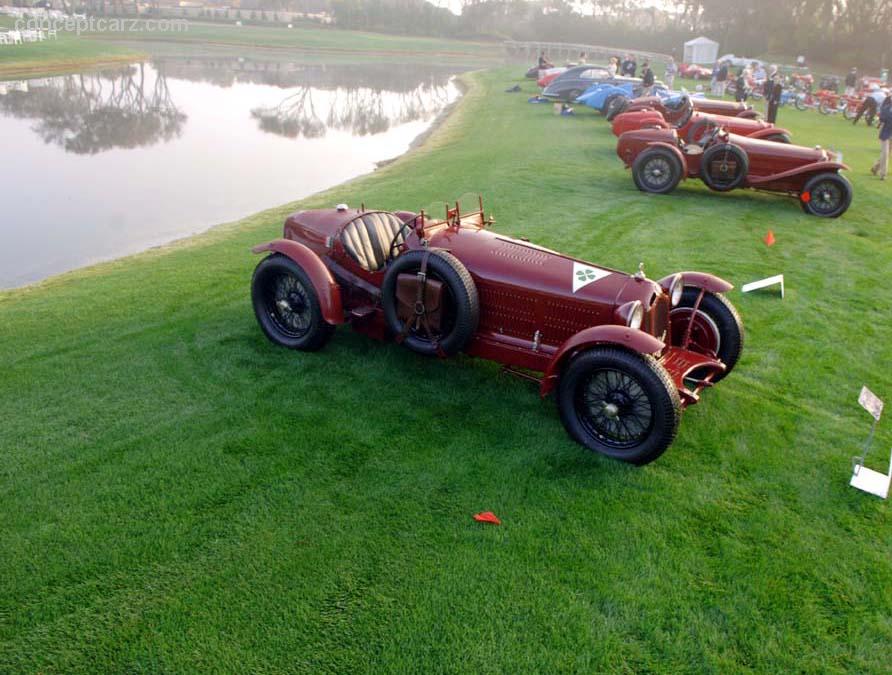
Spyder
View info and history
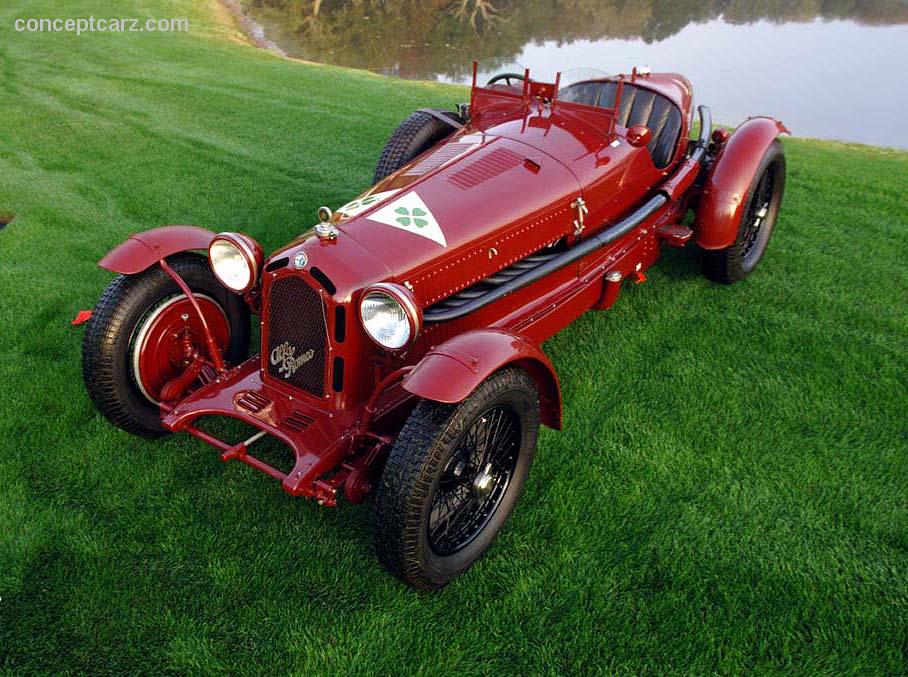
Spyder
View info and history
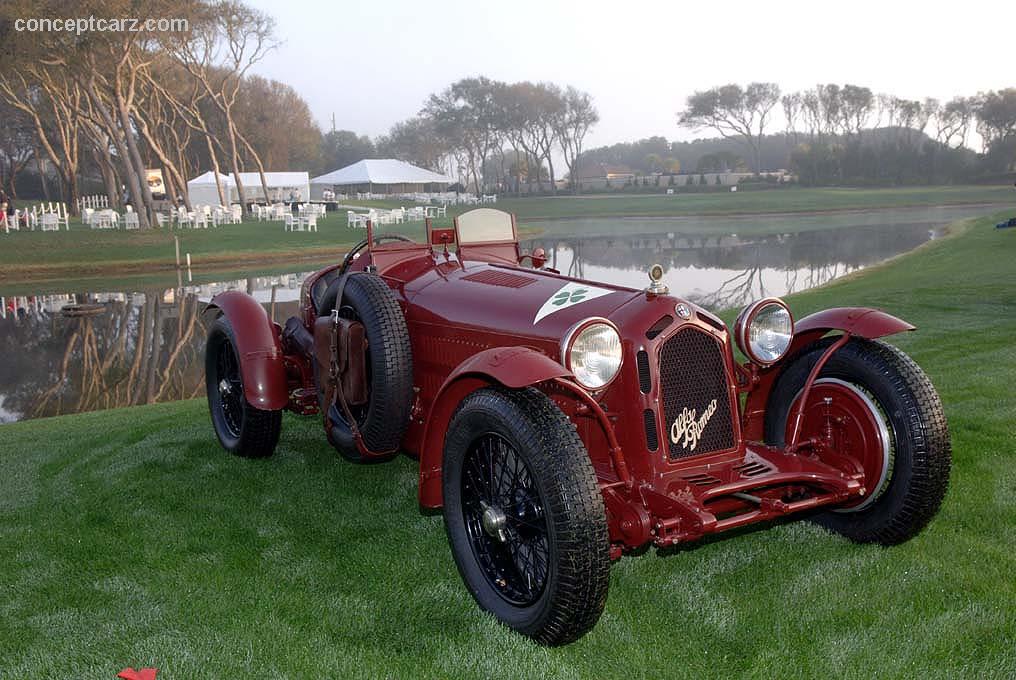
Spyder
View info and history
by Daniel Vaughan | Sep 2022
Related Reading : Alfa Romeo 8C History
Vittorio Jano was responsible for the design of the magnificent engineering marvel, the 8C 2300. The name was formed by following Alfa Romeos naming convention the 8C represented the eight-cylinder engine while the 2300 represented the cubic-capacity. The engine is comprised of two four-cylinder engines with the cylinders aligned in a row. Central gearing drives the overhead twin camshafts. A Roots-type....
Continue Reading >>
Continue Reading >>
Targa Florio VehiclesMille Miglia VehiclesAdditional Sales Volume Data
Alfa Romeo Monthly Sales Volume
March 2023
2,390
1932 Alfa Romeo 8C 2300 Vehicle Profiles
Recent Vehicle Additions
Related Automotive News

Concours d'Elegance Of America : Collectors Of The Year
The 39th annual Concours dElegance of America celebrated Arturo and Deborah Keller as their Collectors of the Year. The couple have attended many of the top-level concours events since the early 1980s, winning Best of Show at Pebble Beach in 1986 and...

The Pearl Collection's Fritz Burkard announced as 'The Collector' at Concours of Elegance 2023
Swiss classic car aficionado Fritz Burkard will showcase diverse selection from Pearl Collection
Line-up to include Ettore Bugattis first-ever racing machine from dawn of motoring age
1933 Alfa Romeo 8C 2300 Monza first registered to Scuderia Fe...

'Picture Perfect' Legendary Alfa Romeo Leads Bonhams Quail Motorcar Auction
A picture perfect, rare and highly original example of the legendary pre-war Alfa Romeo 8C 2300 will be the top lot offered in the Bonhams Quail Motorcar Auction on 14 August, with an estimate of US%246,500,000 - 7,500,000 (£4,900,000 - 5,700,000).
With...

'Storie Alfa Romeo' Episode 2: Iconic 6C 1750 Foretells Future And Dominates Its Era
In the 1930s, the 6C 1750 possessed the unique ability to win both races and design awards
With outstanding power to weight ratio and perfect balance, the 6C 1750 launched technical traditions that continue today
The flying man from Mantua...

Gooding & Company Proudly Presents 'Passion of a Lifetime' – A Masterpiece Collection of Sixteen Substantial Automobiles for Sale on 1 April 2020
Santa Monica, Calif. (22 January 2020) – Gooding %26 Company, the internationally recognized auction house, is honored to reveal the automobiles comprising the companys first-ever London sale, Passion of a Lifetime, at Somerset House in central...

Lancia Named 2016 Best of Show
PEBBLE BEACH, Calif. (August 21, 2016) — The 2016 Pebble Beach Concours dElegance concluded with first-time entrant Richard Mattei lifting the top prize high overhead soon after his 1936 Lancia Astura Pinin Farina Cabriolet was named Best of...

































